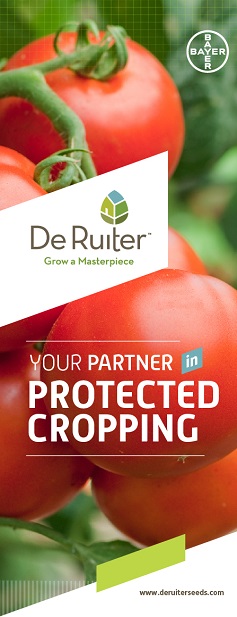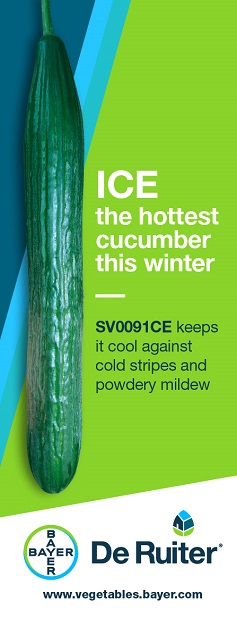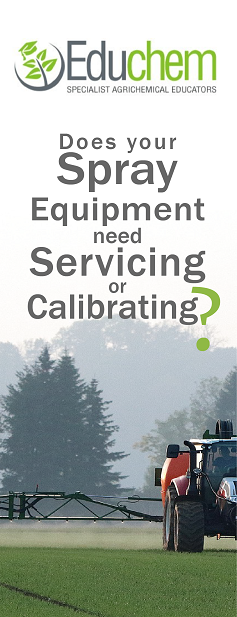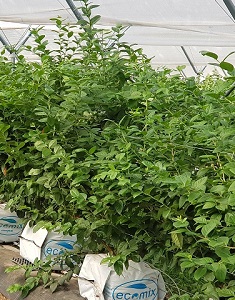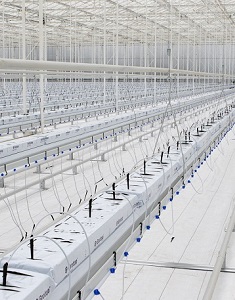Sign up here to subscribe to the Grower2grower Ezine. Every two weeks you will receive new articles, specific to the protected cropping industry, informing you of industry news and events straight to your inbox.
Mar 2018
Whitefly, Autumn Invasion
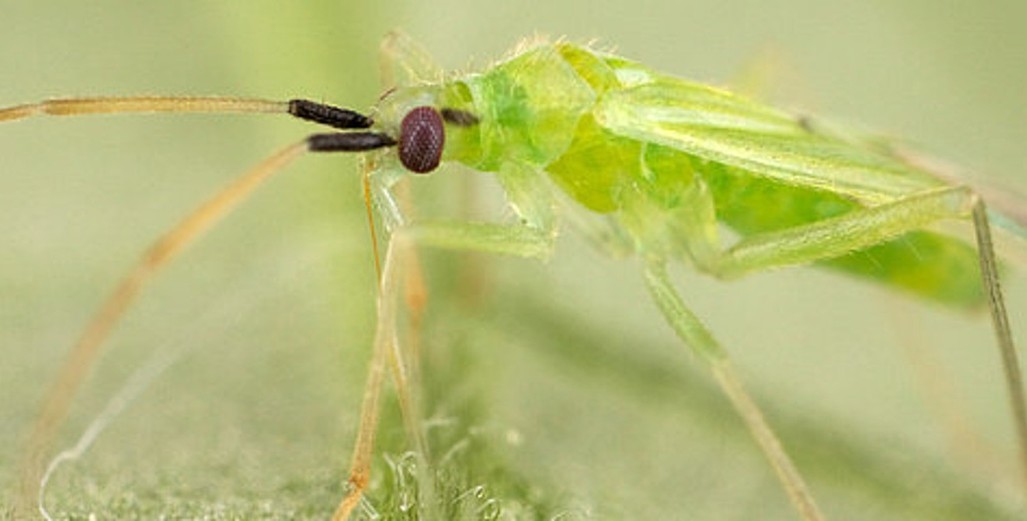
Whitefly, Autumn Invasion
Where is the Calvary!!
In the last week it appears the whitefly numbers have increased! During a visit to Tuakau, South Auckland, on the 21st of March, it was clear that whitefly was outside in large numbers. I had to keep my car door closed to stop whitefly from engulfing my car! This is not the first time this has happened in this area in the past three years, there are large numbers of outdoor crops which whitefly like to feed and breed on in South Auckland. The weather conditions are almost perfect at the moment for whitefly to multiply quickly. Until the weather cools down it has the potential to frustrate growers in the coming weeks
Where I live, close to Papakura, the whitefly has taken over my cucumber and tomato plants, I don’t think it is area specific but probably an issue in the larger Auckland area. What I would urge all growers to do at the present time is make sure you scout your crops and if your numbers are over 5 adults per plant then react. Please be careful which products you use as there is rumours that the continual use of one particular product is starting to show resistance. If growers are finding this to be the case please let me know. Using a rotation of products is an option you should consider, please contact me if you wish to discuss, stefan@grower2grower.co.nz
If you listen to the climate experts it is becoming warmer and therefore potentially more insect pest pressure. Whitefly is already a costly nuisance for greenhouse growers’. It is a shame we don’t have the option of rearing insects such as Macrolophus pygmaeus (predatory bug) in NZ. Submissions have been made in the past to attempt to gain approval to introduce Macrolohpus, but the application failed. The process to introduce a new species of bug is complex. I understand the arguments from both sides, it needs to be proven that new introductory species impact on native insects and plants is negligible amongst other considerations. I also see it from a grower’s point of view and the extreme costs whitefly in particular puts on all growers. Perhaps all groups involved need to annually re- visit and re-evaluate the long-term impact of such decisions?
 Macrolohpus
Macrolohpus
I appreciate your comments. Please feel free to comment below or on the grower2grower Facebook page:
https://www.facebook.com/StefanGrower2grower/
Article written by Stefan Vogrincic, Consultant, Grower2Grower
CLASSIFIED
Subscribe to our E-Zine
More
From This Category
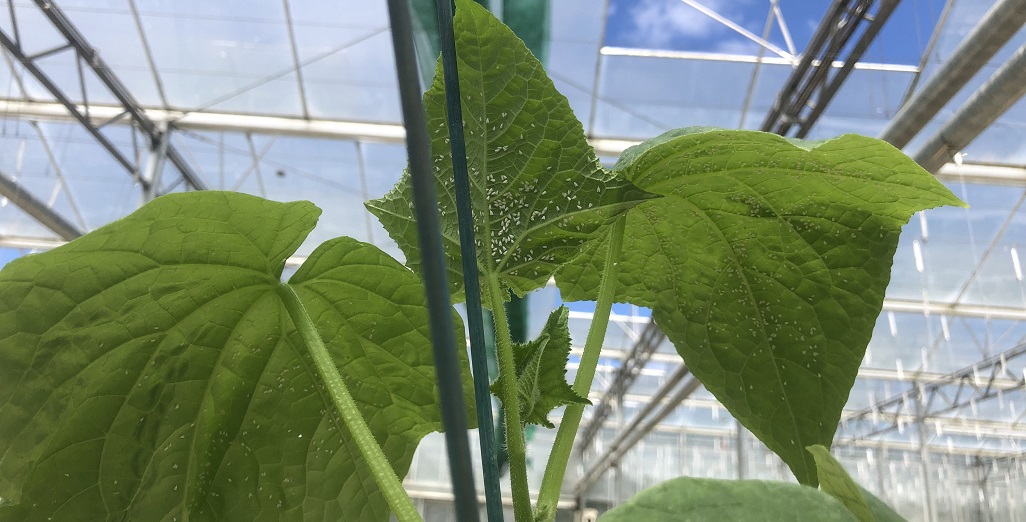
Starting on the back foot
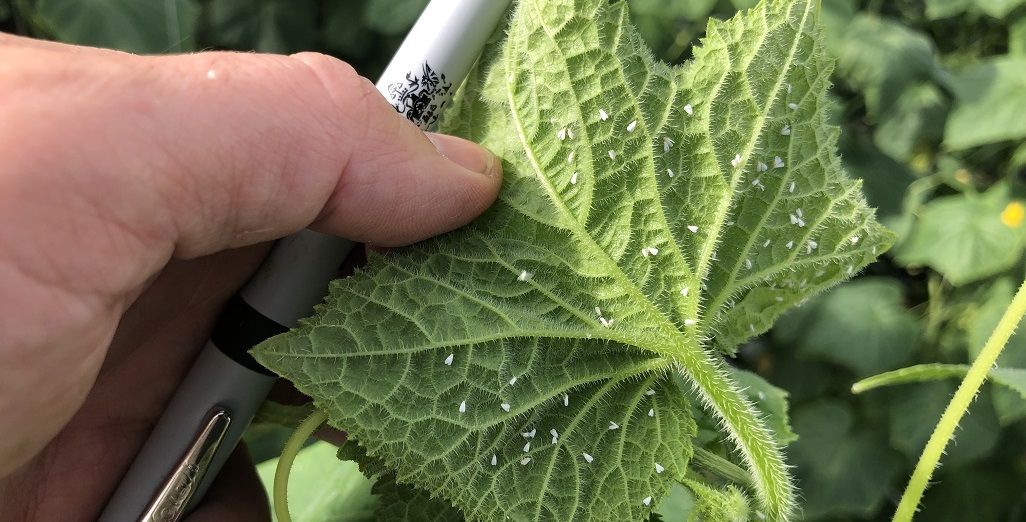
(Best of 2023) RNA-based disease control in protected cropping environments. Anne Sawyer presents at the PCA Conference (Best new development PCA 2023)

(Best of 2023) Aphid infestation on cucumber crops
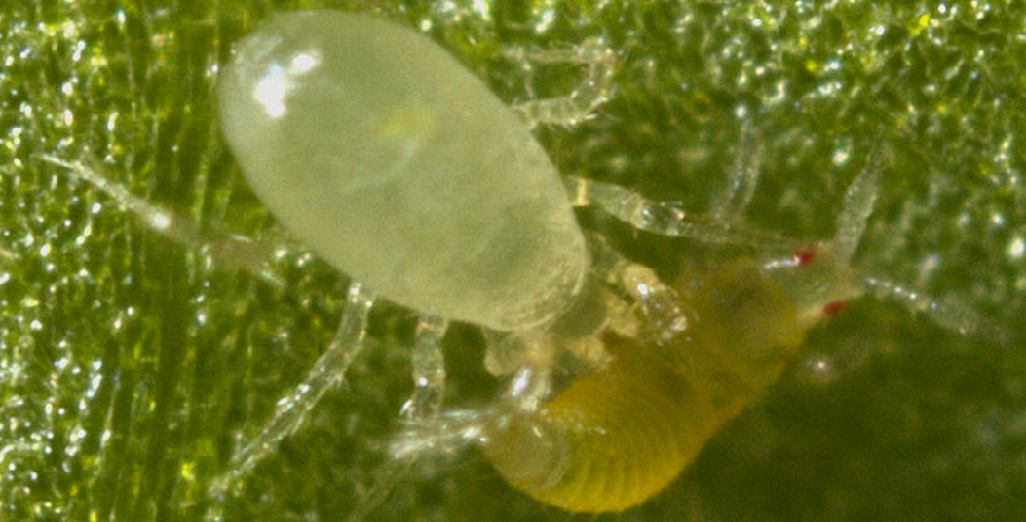
LimoMax, a new predator for insect control in greenhouses and outdoor crops.

Aphid infestation on cucumber crops












